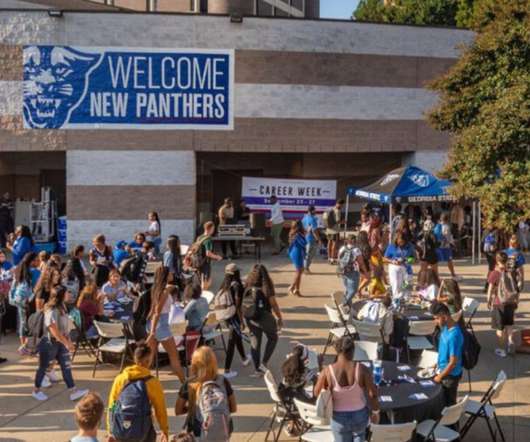Leaning Into Best Practices
Diverse: Issues in Higher Education
SEPTEMBER 10, 2024
In the early aughts, Renick says, it was standard practice for student support programs to address equity gaps and low graduation or retention numbers through the creation of targeted programs, like initiatives for first-generation students, and African American male initiatives. postsecondary institutions.













Let's personalize your content